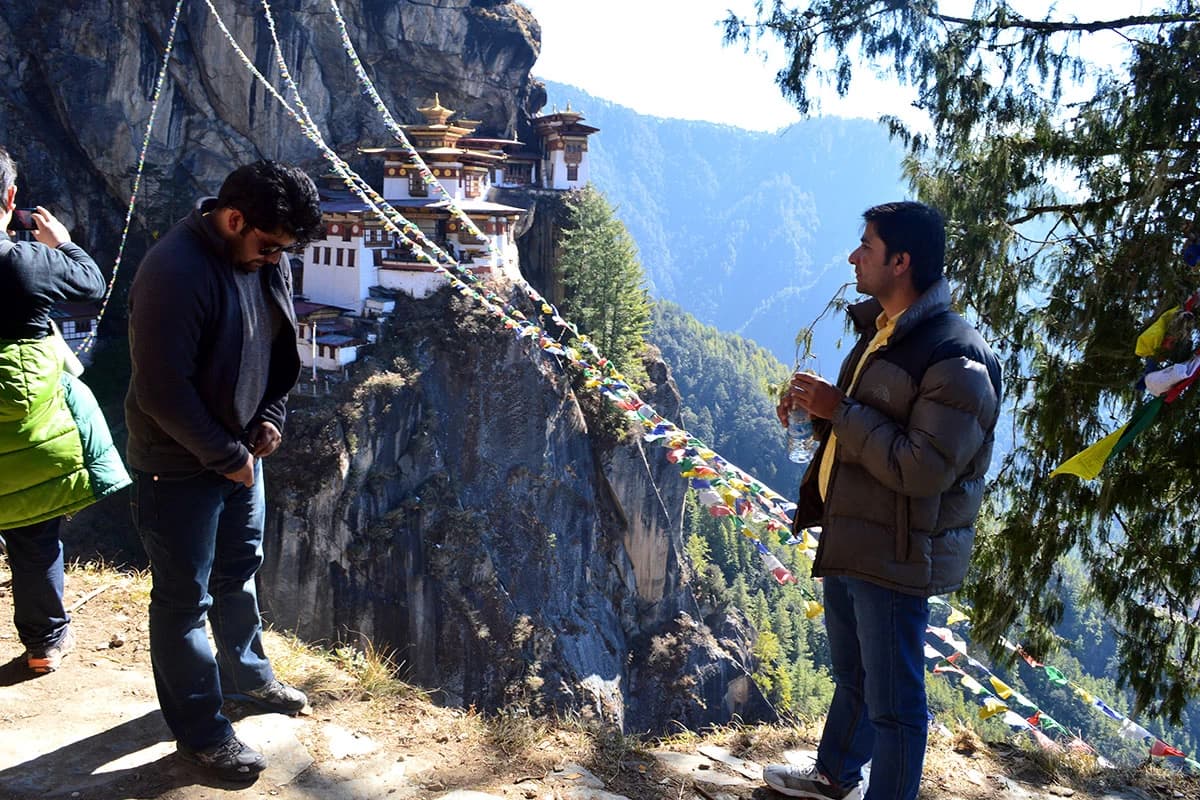Snowman Trek is a famous high-altitude trek in Bhutan, located in the eastern part of the country. It is a challenging trek that takes you through some of the most remote and beautiful landscapes in Bhutan. The trek covers a total distance of approximately 220 kilometers and takes around 21 days to complete. It takes you to the highest point of Bhutan, the pass of the Gangkhar Puensum (7,570 meters), which is also considered the highest unclimbed peak in the world.
The trek begins in Paro and takes you through the beautiful landscapes of Bhutan, including dense forests, rolling hills, and glaciers. You also get to see some of the most beautiful villages, temples, and monasteries along the way. The Snowman Trek offers stunning views of the Himalayas and its peaks, including Jhomolhari, Gangkhar Puensum, and others.
This trek is suitable for experienced trekkers and those who are physically fit, as it involves walking at high altitudes and in remote areas for extended periods. It is also a cultural experience, as you get to interact with the local people, learn about their traditions and culture, and enjoy some of the best food in Bhutan.
In conclusion, Snowman Trek is a once-in-a-lifetime experience that takes you through some of the most remote and beautiful landscapes in Bhutan. It is a challenging trek, but it offers a unique cultural and adventure experience that is worth every step.
Major Highlights
Scenic Beauty: Snowman Trek offers stunning panoramic views of the Himalayan range and valleys, surrounded by towering peaks and glaciers.
Cultural Experience: Trekkers can experience Bhutanese culture and tradition along the way, as they cross villages and interact with local communities.
Wildlife and Flora: The trek takes you through diverse ecosystems, offering the opportunity to observe unique flora and fauna along the way.
Solitude and Tranquility: The Snowman Trek is known for its isolation and peacefulness, offering trekkers the chance to escape the hustle and bustle of city life.
Adventure and Challenges: The trek offers various physical and mental challenges, making it an exciting and adventurous experience for trekkers.
Trekking in the High Altitudes: The Snowman Trek is one of the highest and longest treks in Bhutan, reaching elevations of over 5000 meters above sea level.
Himalayan Villages and Monasteries: The trek route passes through remote mountain villages and ancient monasteries, offering the chance to experience traditional Bhutanese life.
Dzongs and Fortresses: Along the way, trekkers can visit historic Dzongs and fortresses, showcasing Bhutan's rich cultural heritage.
Spiritual Journey: The Snowman Trek offers a spiritual experience, as trekkers walk through sacred sites and mountain passes believed to be blessed by the gods.
Local Food and Cuisine: The trek offers a chance to taste authentic Bhutanese cuisine, including traditional dishes like momos and ema datshi.
